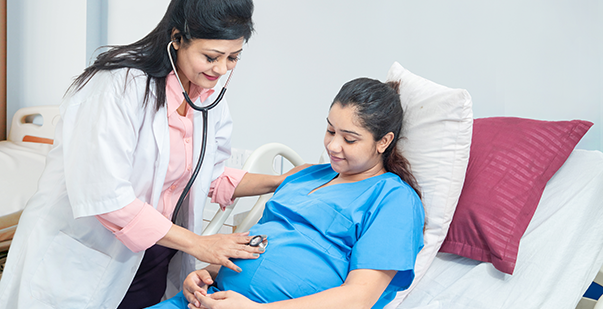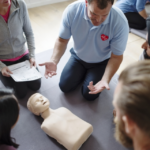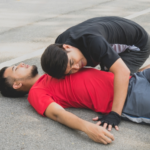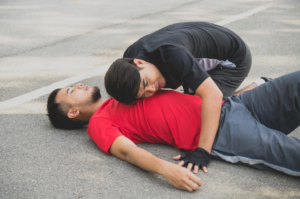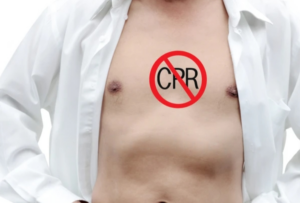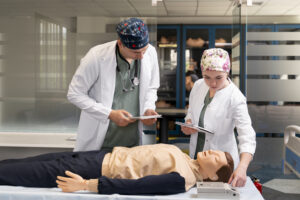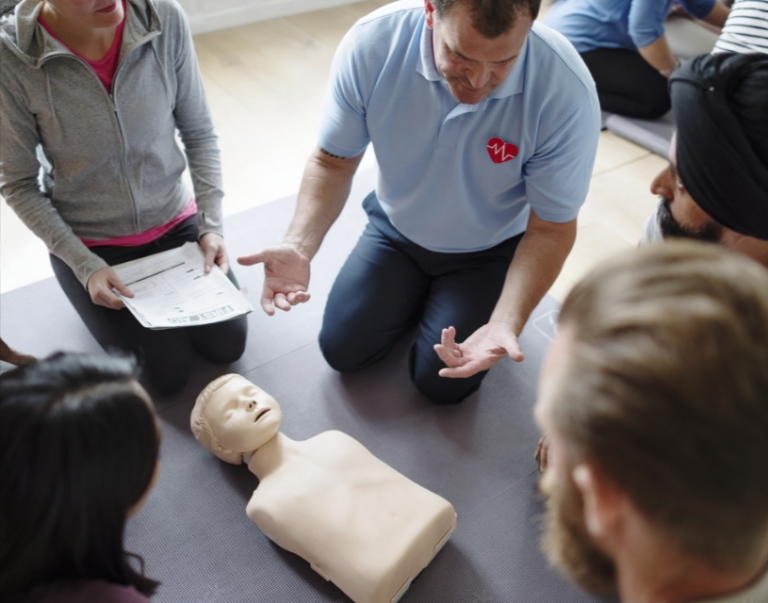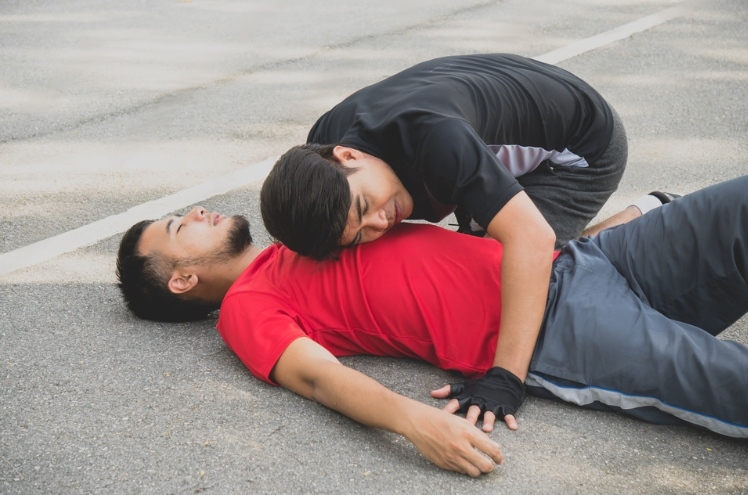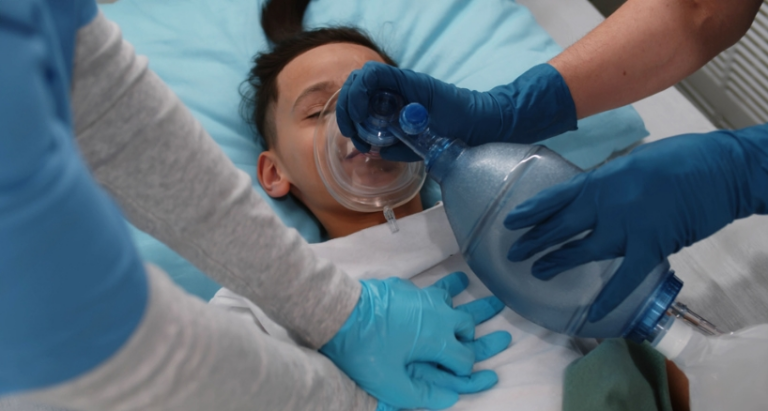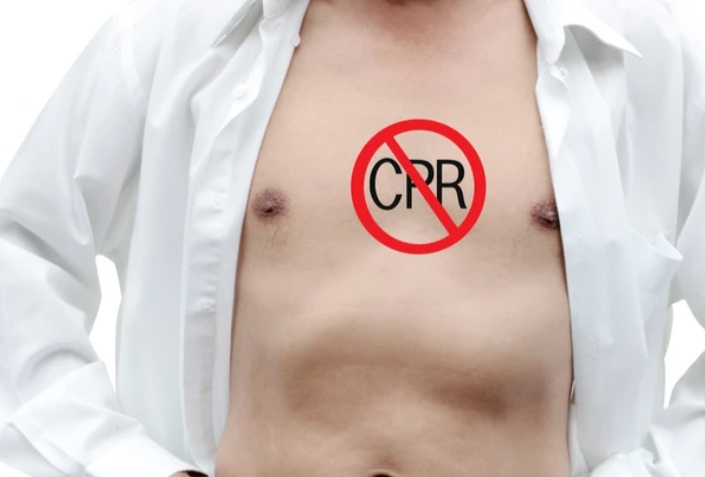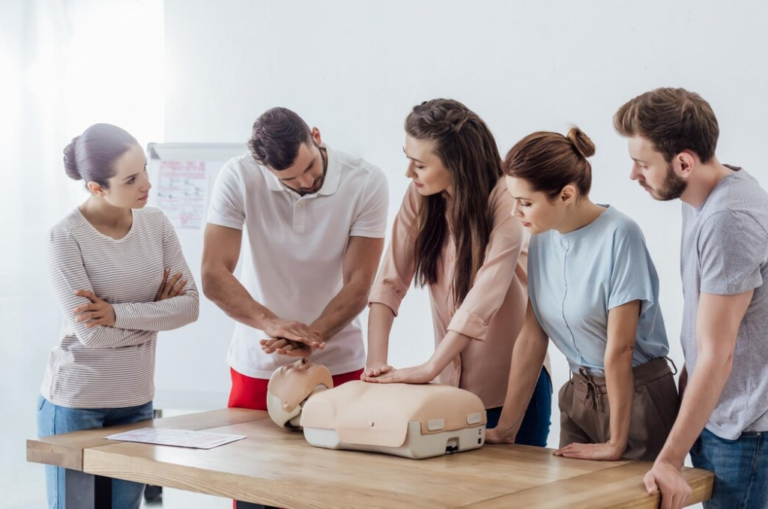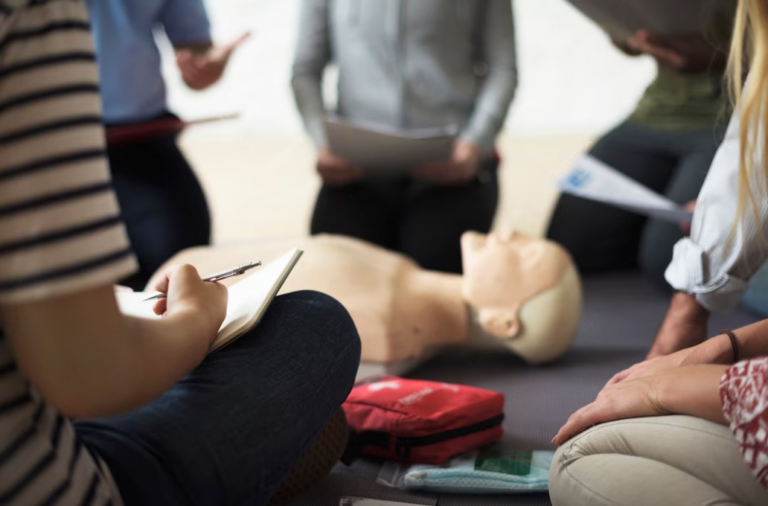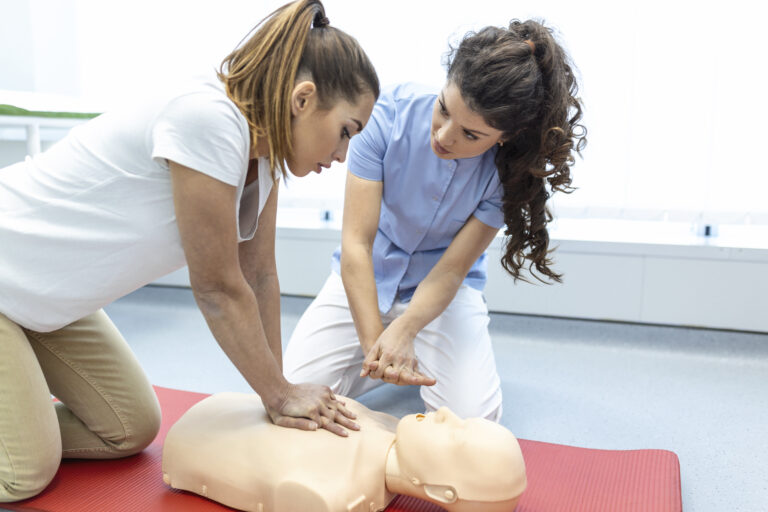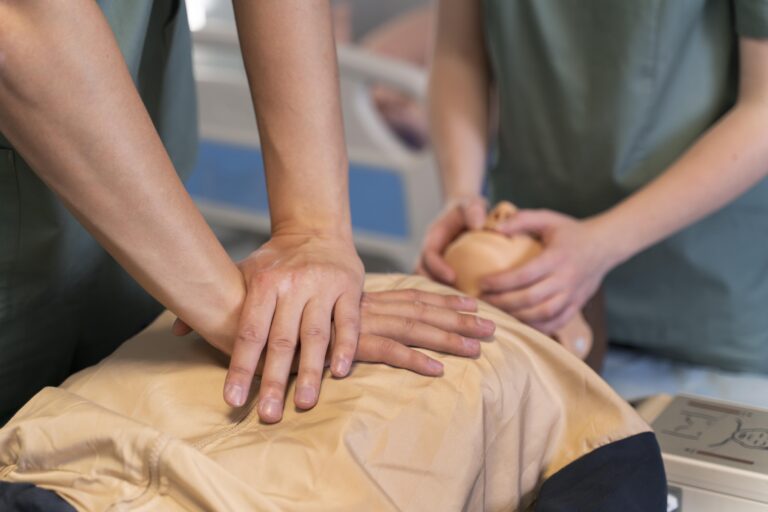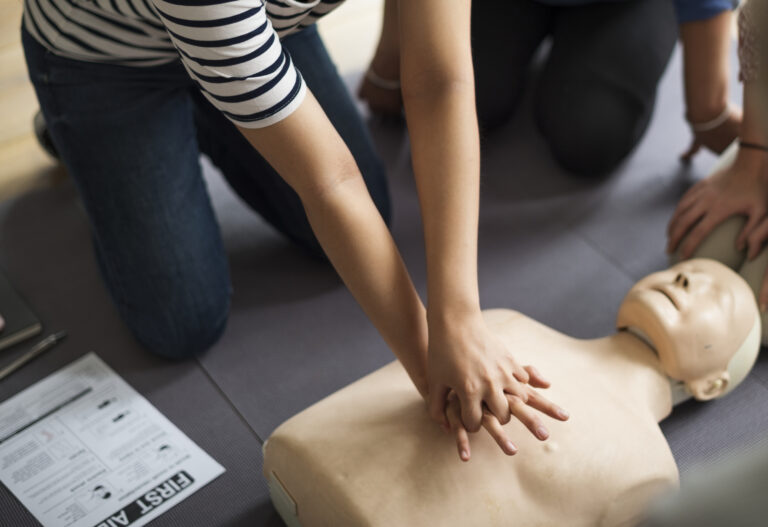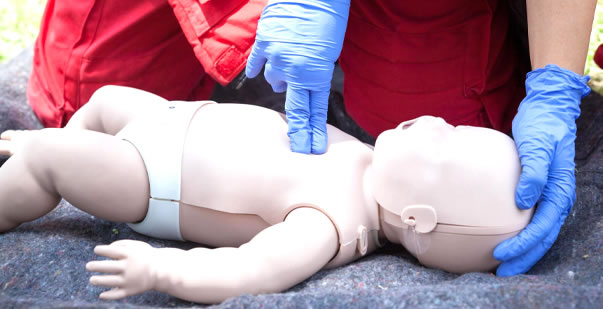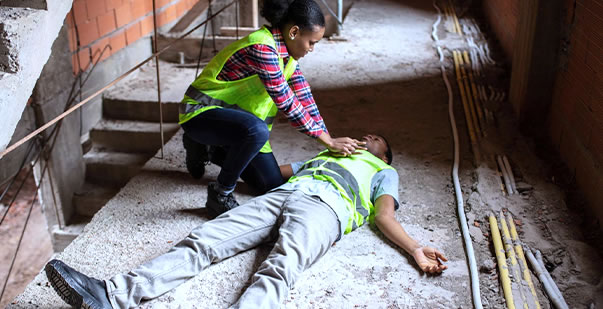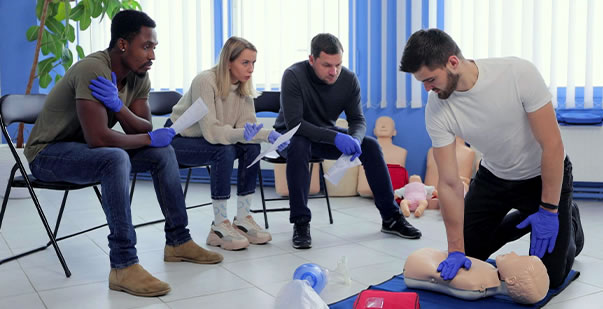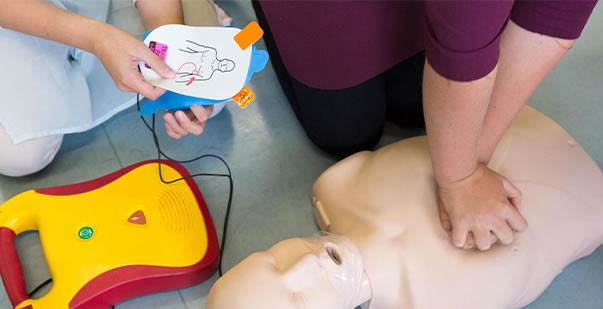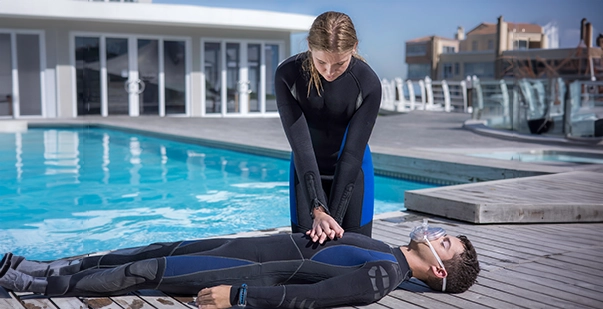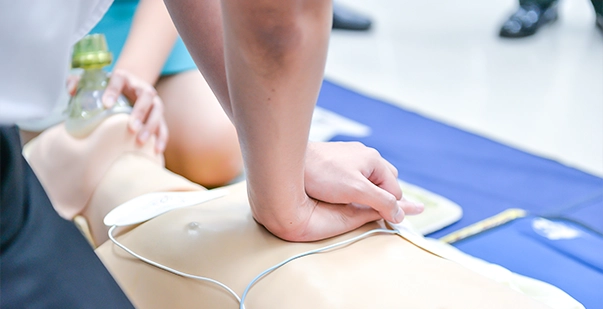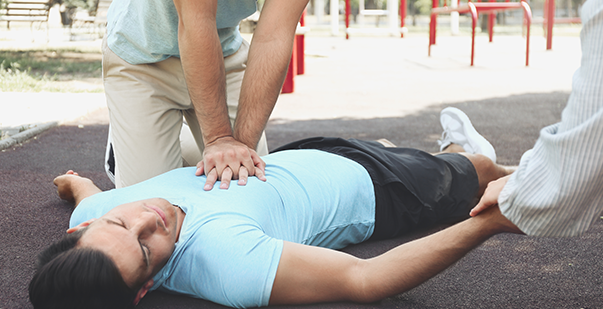Imagine you’re at a family gathering, and suddenly Aunt Lisa, who’s pregnant, feels really sick and collapses. But you know exactly what to do! You ensured to upskill yourself with a CPR course from the American HealthCare Academy and can now administer CPR to Aunt Lisa. This way, you can help Aunt Lisa and her baby stay safe until the ambulance arrives. It’s like being a hero in your favorite action movie, but in real life!
Let’s discover how to do CPR in a way that protects both moms and babies and be ready to save two hearts when needed!
Considerations for Performing CPR on Pregnant Women
Here are some important points to remember when performing CPR on pregnant women:
- Check Responsiveness: See if the mom is responding by gently shaking her and asking if she’s okay. If she doesn’t respond, it’s time to act.
- Call for Help: Ask someone nearby to call 911 immediately.
- Hand Placement: Place one hand on the middle of her chest and the other hand on top of the first hand. This way, you’re pressing on her chest and not the baby.
- Push with Care: Press down on her chest about two inches deep, like a strong but gentle push. Keep doing this in a steady beat until help arrives or the mom starts breathing or her heart starts beating again.
- Tilt the Body: If there’s another adult around, ask them to find a soft cushion or a rolled-up towel. Place it under the mom’s right side to tilt her body a little. This protects the baby and helps the CPR work better.
- Stay Calm and Get Help: Doing CPR can be scary, but staying calm is important.
- Keep Trying: Remember, you’re helping your friend and her baby by trying to keep her heart and lungs working. Just keep going until help arrives or things get better.
- Practice CPR: Learning about CPR is great, but only grown-ups should perform CPR in a real emergency. Practice CPR with a dummy or a grown-up who knows how to do it safely.
- Be Brave: Performing CPR is brave, and you’re making a big difference by knowing how to help someone in an emergency. Keep being brave and learning more about helping others!
Can you use CPR and AED on a pregnant woman?
Yes, CPR (Cardiopulmonary Resuscitation) and AED (Automated External Defibrillator) can be used on a pregnant woman in certain situations. Here’s how:
- CPR for a Pregnant Woman: If a pregnant woman is unresponsive and not breathing or only gasping, perform CPR immediately. To perform CPR, follow these steps:
- Call for emergency help (dial 911 or your local emergency number) to get professional medical assistance on the way.
- Place the woman on her back on a firm surface.
- Place the heel of one hand on the center of her chest, just below the breastbone.
- Place the other hand on top of the first hand and interlock your fingers.
- Position yourself with your shoulders directly above your hands and keep your elbows straight.
- Push hard and fast, aiming for at least 2 inches (5 cm) of compression depth.
- Perform chest compressions at a rate of about 100-120 compressions per minute.
- After 30 compressions, give 2 rescue breaths. Tilt her head back gently and lift her chin before giving the breaths.
- AED for a Pregnant Woman: An delivers an electric shock to restore the patient’s heart’s normal rhythm in case of cardiac arrest. AEDs are designed to be used on adults, including pregnant women, but some considerations should be taken:
- Check the woman’s chest and remove any wet clothing, as the AED pads need to be placed directly on dry skin.
- Place one AED pad on the center of the woman’s chest, just below her right collarbone.
- Place the other AED pad on the left side of her chest, just below her left breast. Follow the voice prompts and visual instructions provided by the AED.
It’s important to remember that during CPR or AED use, the well-being of both the pregnant woman and the unborn baby should be considered. If there is someone else available, they can help by calling emergency services, keeping track of time, and providing additional support. After professional help arrives, they will take over the situation. Always follow the guidelines provided in CPR and AED training and act with the best intentions for the woman’s safety.
Conclusion
Remember, learning CPR essentials for expectant mothers is like unlocking a superpower within! You now have the skills to be real-life superheroes and save two hearts at once. So, whether you’re at home, school, or the park, stay brave and calm, and be ready to lend a helping hand. You never know when you might get the chance to be a hero and save lives! Keep practicing and remember: you have the power to make this world a safer and happier place, one beat at a time. Let’s go forth, armed with knowledge and compassion, to create a safer world for everyone. Saving two hearts is now in your hands! You can search for American HealthCare Academy on our website CPR Care Near Me.

